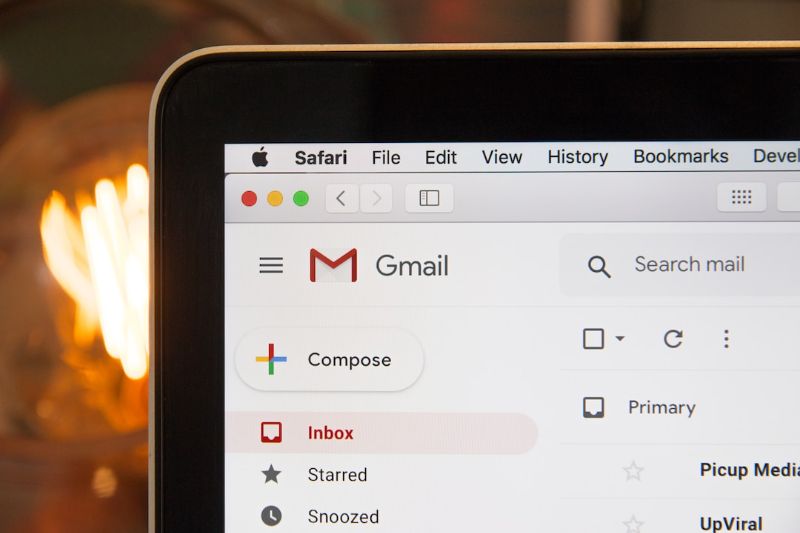As a professional in any field, it is important to always present your best. This not only relates to your attire, personal presentation, or the quality of work but extends to every form of communication. One of the communication forms that is often overlooked is email correspondence. Read on as we dive into the concept of web fonts and their significance in professional email correspondence below.
Understanding Web Fonts and Their Importance in Email Correspondence
Web fonts are essential elements that greatly influence how your emails appear and get perceived. They are the digital diacritics that can either amplify or downgrade your professional representation in a written digital context. The appearance and arrangement of letters in your email can ease or hinder readability, thus affecting the message’s comprehension.
The right web fonts can create a visually pleasing atmosphere, subtly impressing your recipients and complimenting the message you are conveying. They have the power to give your email an aesthetic value, making reading an enjoyable experience.
Notwithstanding, if used carelessly, web fonts could adversely affect your recipients’ reading experience and even change the tone of your message. That’s why understanding the right fonts for email is of utmost significance.
Essential Factors to Consider When Selecting Web Fonts for Emails
In selecting the appropriate web fonts for your email correspondence, numerous factors contribute to the decision. Size and style are basic elements to take into consideration. Smaller fonts could be hard to read while overly large ones could look unprofessional.
The type of email correspondence also determines the choice of font style. A formal email may require more structured, traditional fonts, unlike a promotional email that might embrace more stylish, modernistic fonts.
The choice of fonts should also be accessible, simple, and clear. They should easily blend with the background and keep the content legible. Use fonts that render suitably on all devices, ensuring a seamless experience for all your recipients.
Careful consideration of the platform your recipients will be using to read emails affects your choice too. For example, Apple Mail and Outlook may not display fonts the same way. So, to achieve a consistent email presentation, it’s crucial to test your chosen web fonts for email across all frequently used platforms.
Most Commonly Used and Effective Fonts for Email Correspondence

Among the myriad of web fonts available today, a few have proven time and again to be effective for email use. Arial, Times New Roman, Verdana, & Helvetica are fonts commonly used and acceptable for professional emails.
Using standard fonts has its perks. Besides the universal acceptability, standard fonts are readable on almost all email clients, minimizing the chances of font distortions when viewed on different platforms.
Nonetheless, the choice of font should not stifle your ability to be creative and unique. While sticking to the norms is safe, stepping outside of them may provide an opportunity to stand out and make compelling impressions.
Each font carries its own personality and reflects this onto your emails. Therefore, while selecting a font, consider what traits you want your email to convey.
Improving Email Aesthetics and Readability With the Right Web Fonts
Using the right web fonts can significantly improve the aesthetic appeal and readability of your emails, leading to improved engagement. Effective communication is not just about the content but also the presentation, and web fonts play a crucial role in this.
Bearing in mind that first impressions matter a lot, the right use of web fonts can create a lasting effect on the recipients. It’s all about striking the right balance between style, professionalism, and function.
Overall, the choice and use of web fonts speak volumes about your attention to detail and regard for your reader’s experience. It is, therefore, not a task to be taken lightly.
Altogether, choosing the right web fonts for your email correspondence greatly impacts communication and branding. By considering your audience, message, and testing regularly, you can create engaging, effective emails that leave a positive impression.
Content writer with years of expertise in copywriting, freelancing, online marketing, and SEO

